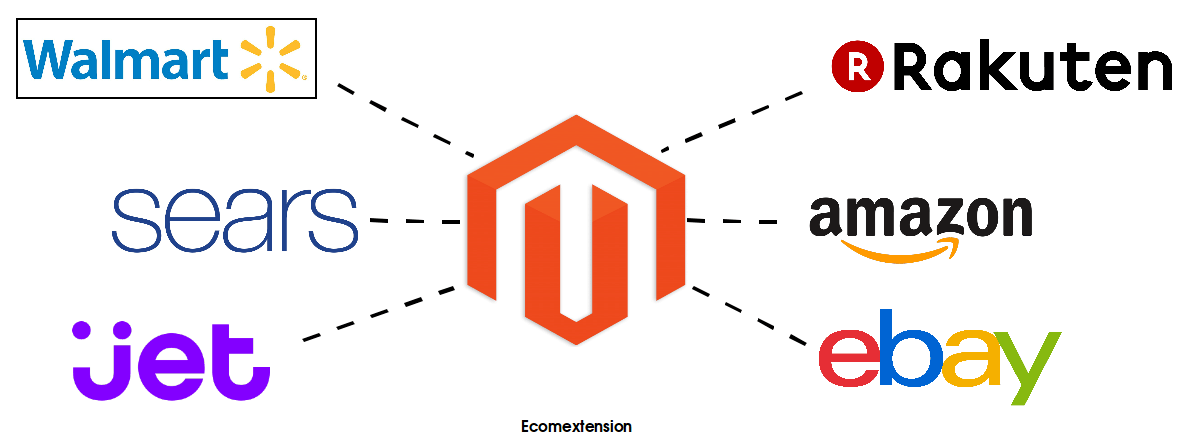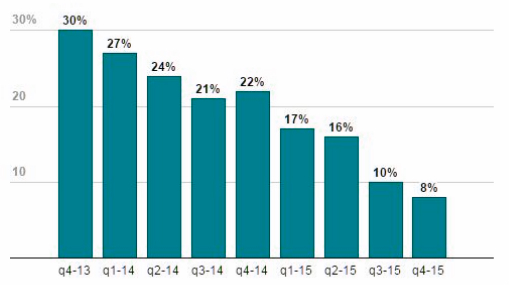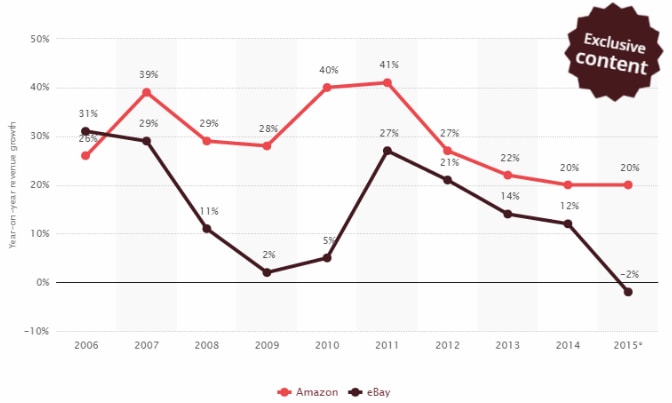
Are you running in the race of making your brick-and- mortar store online? If so, you are certainly doing this in the surge of increasing revenue and the store visibility around the globe. Right?
But, there is a painful truth in the story.
A lot of Ecommerce store are mushrooming in the online retail market and they are constantly innovating to upgrade the store, which help them to step in with the customer expectations and create a unique value proposition. How can the stores uplift the sales, traffic volume, conversion rate and ROI?
The emerging multi-vendor marketplace integration is the answer!
Yes, presently, the Ecommerce store are planning to spend 40% more on Marketplace to improve the sale of the products or services.
Really?
What the online marketplace is?
The online marketplace is actually the Ecommerce website that provides a platform for the individuals or businesses where they can list the products or services for sale. In other words, it can be considered as a virtual shopping mall where the customers will get everything under one roof.
The multi-vendor marketplace allows the sellers or vendors to manage the products, orders, and their sales through one single platform.
Not just the startups or small Ecommerce are making their way to online marketplaces like Walmart, Ebay, Amazon, Jet, Rakuten, and Sears integration, while big dogs are also stepping towards marketplace integration. It’s skyrocketing the e-retailers sales and revenue.
For instance: Christmas Central sells its 109,000 SKUs on various marketplaces and approx. 75% of the company revenue that nearly accounted to $19.1 million come through the marketplaces.
The leading Ecommerce opened their gates to the other stores by transforming the Ecommerce to a multi-vendor marketplace to create a comprehensive store where the customers will get everything under one roof. Every online marketplace has created the API using which the Ecommerce can display and manage the products on the e-marketplace.
Let’s take a look at all the foremost marketplaces in which the Ecommerce are more interested in:
1) Walmart
The leading Ecommerce store that has broadened its inventory with marketplace launch in 2009.
The walmart.com is preferably adding the USA merchants and presently, around 1000 sellers are selling on the Walmart.
It’s being said that WALMART is quickly catching up in the market as opposed to its competitors, but still lags behind the top honchos. It stands at the fourth position in the Internet retailer top 500 guide.

source: walmart
However, there is an extensive vetting process for the sellers to get listed on Walmart, which was about six months, but by making upgrades to the technology the Walmart has reduced the time to six weeks. On the other hand, the leading marketplaces allow the retailers to get registered and list the products in a day.
The robust online presence of the walmart is gearing up the sellers to list the products or services on the marketplace. The walmart marketplace integration is not that easy and the only handful of Ecommerce solution and services provider assist the sellers in seamless Walmart marketplace integration.

2) Sears
The marketplace enters into the retail market not so long back. In 2009, Sears allowed the sellers to sell on the platform. Although the platform has just 15 millions of loyal customers, but still the vendors prefer to display and sell the products on Sears because of the trust the store has earned in electronics sale.
Besides, the Sears provide the flexible tools that reduce the complete efforts of the seller as the Sears store the products in a warehouse, make the pick-up and pack the product when the order is made and ship them to the customers on the behalf of sellers.
Isn’t it amazing? Of course, it’s splendid that’s letting the sellers concentrate more on marketing and customers interaction.
Moreover, no one opt to put all the apples in one basket, so with Sears marketplace integration, you will get the access of Sears pool of 25 million unique visitors a month. This you certainly don’t want to lose.
www.vitaminshub.com is the Ecommerce that has also preferred to list the products on Sears by partnering with the foremost Magento Ecommerce services provider to give a leg up to the traffic, sales and the bottom lines.
3) Jet Marketplace
Jet.com became very popular just after a few months of its launch in the market due to its less price and millions of SKUs. Even, every month 4 million new users visit the store every month.
Increasingly, vendors wanted to list and sell the products on Jet marketplace because of the price- saving engine, smart shipping solutions and dynamic price saving engine.

To make things easier, CedCommerce created and released an API in the market that helps vendors to easily synchronize the Magento inventory with Jet.com and manage the orders.
Magento Jet integration services providers are helping the Magento Ecommerce to manage products listing, inventory, shipments, order tracking, returns and refunds.
http://www.condomania.com leveraged Ecomextension team expertise to seamlessly integrate the Ecommerce store with Jet marketplace with new extension development for Jet.com, and shoot up the sales by 40%.
4) Rakuten
The Japanese retail giant rebranded the USA buy.com store as rakuten.com marketplace after buying it. The third party selling platform has emerged as a global marketplace in 2013 with a gross revenue of $3.08 billion.
Still, the Rakuten’s long list of existing and new customers are from Japan with a little userbase of the USA, that’s 2.8 million average unique monthly visitors in the USA.
In an attempt to enhance the brand’s global rapport, the small businesses or the sellers are tipping their presence onto Rakuten with Rakuten marketplace integration.
5) Amazon
Amazon is one of the go-to spots for the online shoppers that they even visit when they are shopping from another marketplace. The marketplace boasts to have that much seller that initially the marketplaces have as a visitors or customers.
It’s bewildering but true.
Amazon has over 2 million merchants selling the products on Aamazon.com to its 85 million unique monthly visitors and Amazon sellers have reported that there is an average 50% hike in the sales observed when they have integrated amazon marketplace.
This is the story of the amazon retailers. When the Ecommerce store has integrated the store on Amazon marketplace, they have got a golden chance to make the customer step into the store and enhance loyalty.
Moreover, the Amazon marketplace is innovating and make the selling on Amazon quite easier.
https://www.youtube.com/watch?v=iLDatXX1Udo
6) Ebay
The American B2B and B2C Ecommerce services provider with having business operations in over 30 countries has made another major step with marketplace launch in 2005.
With time, the company has acquired many technologies like- artificial intelligence, big data analytics and machine learning to keep pace with customers and become an expert marketer.
It made the listing and selling on the Ebay quicker and easier with tools and resources implementation. The vendors can upsurge the conversion rate by making use of Ebay’s built-in-traffic that’s around global active 149 million buyers.

Brainvire team has done Ebay integration for many B2B or B2C Ecommerce store to help them upraise their profits and brand presence.
The last thought
Which marketplace will dethrone the other cannot be predicted, but it’s confirmed that marketplace integration helps the Ecommerce to pick up the steam and outgrow. There are numerous opportunities for the Ecommerce to complement their sales and hold a key to perennial growth with leading marketplace integration.
Don’t fret! Just be clear with your goal and emerge as a top player in the e-tailing with the best marketplace.


